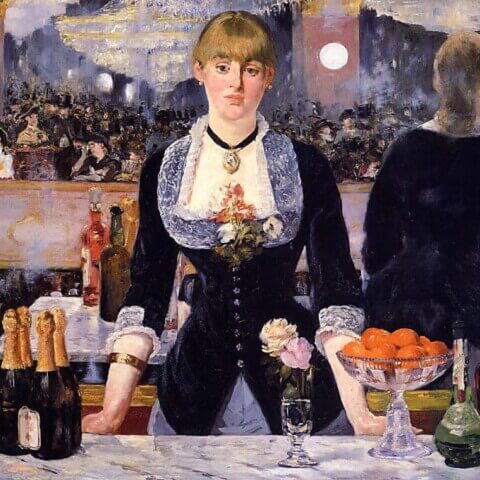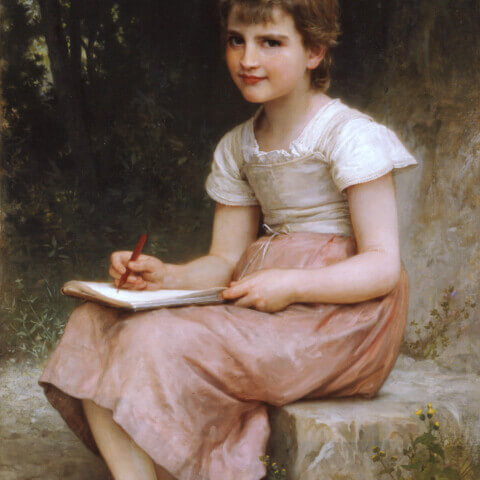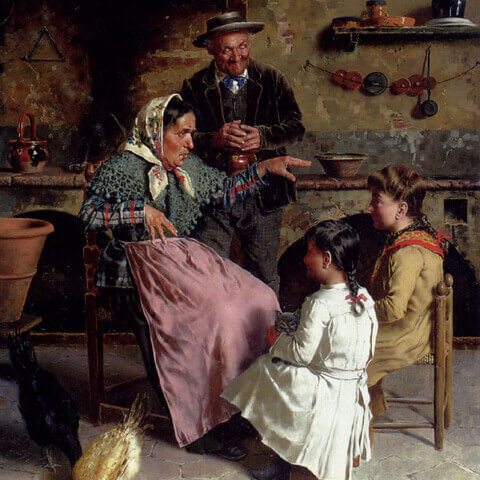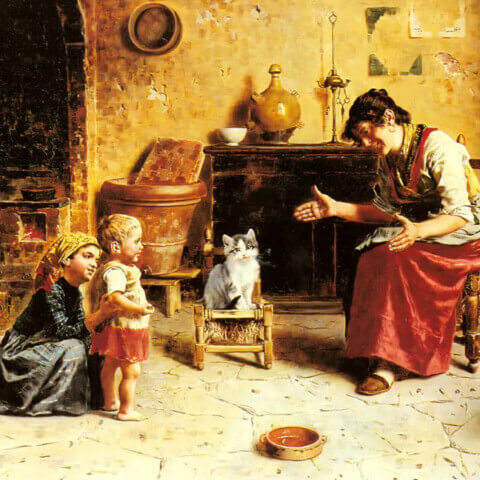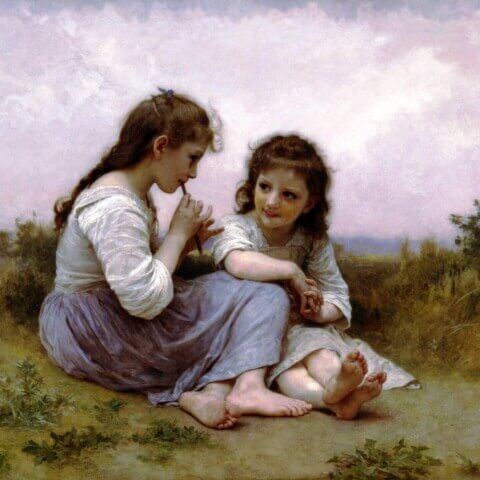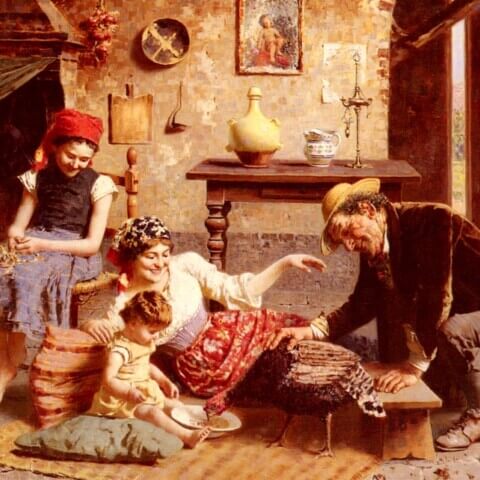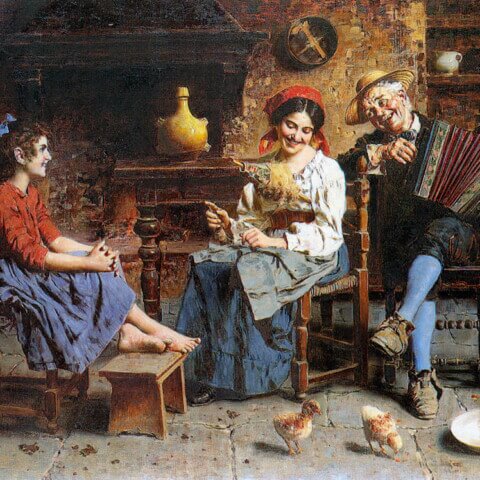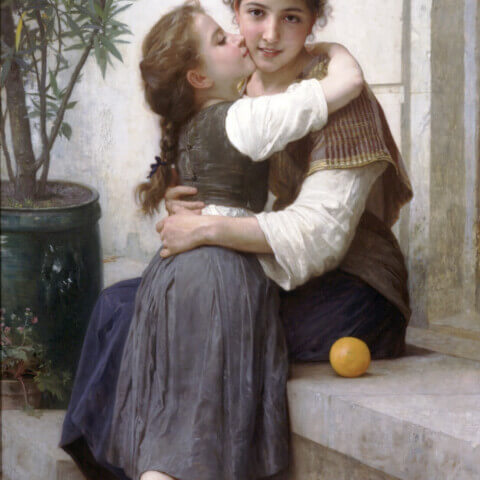Title: “”William Michael Harnett’s Astonishing Still Life: A Masterpiece of Realism””
Year Painted: 1882
William Michael Harnett’s “”Still Life”” is a true gem among artworks, painted with remarkable skill and attention to detail in 1882. Renowned for its astonishing realism, this painting captures everyday objects in such intricate detail that viewers are easily deceived into believing they are real. Harnett’s mastery of trompe-l’oeil technique is evident in this piece, showcasing his ability to create an optical illusion that astounds the senses.
Harnett’s “”Still Life”” presents a carefully composed arrangement of objects, including books, musical instruments, and pipes. The meticulous brushwork brings these items to life on the canvas, with textures and surfaces so faithfully depicted that they seem tangible. One can almost hear the rustle of pages, the melody of the instruments, and the aroma of tobacco emanating from the pipes.
The artist’s exceptional use of light and shadow adds depth and dimension to the composition, further enhancing the illusion of reality. Shadows fall precisely, mimicking the natural play of light, while highlights shimmer, creating an interplay between brightness and darkness that draws the eye. Harnett’s ability to capture the subtleties of light and shade is a testament to his technical prowess and artistic genius.
The year of 1882 marks a significant moment in Harnett’s career, as it was during this time that he truly refined his style and perfected his trompe-l’oeil technique. “”Still Life”” stands as a testament to his growth as an artist and his unwavering dedication to realism. It is a culmination of his years of study, practice, and experimentation.
This painting holds a special place in the world of still life art. Its exceptional level of detail and the ability to deceive the viewer’s senses make it a masterpiece of realism. Harnett’s “”Still Life”” invites viewers to question their perception of reality and marvel at the artist’s ability to recreate it on canvas. It serves as a reminder of the power of art to transcend the boundaries of the tangible world and ignite a sense of wonder and awe.
In conclusion, William Michael Harnett’s “”Still Life”” painted in 1882 is an extraordinary artwork that showcases the artist’s exceptional talent and his mastery of trompe-l’oeil technique. Its remarkable level of detail, impeccable use of light and shadow, and the ability to deceive the viewer’s senses make it a truly special painting in the realm of still life art. It continues to captivate audiences, inviting them to appreciate the beauty and intricacy of the everyday objects that surround us.
At our art gallery, we take pride in offering comprehensive global shipping to our esteemed clientele. We understand the significance of your art acquisitions and the need to transport them with utmost care. Hence, we are committed to delivering your chosen paintings to any address worldwide and free of any additional charge.
Our reliable courier service partners are experienced in handling precious art pieces and ensure that your painting reaches you in pristine condition. We offer fully insured, door-to-door delivery, providing you with peace of mind that your artwork is protected during transit.
Moreover, to accommodate your unique framing preferences, we offer the distinctive service of sending your purchased artwork directly to any framer across the globe. This enables you to have your painting framed locally by your trusted framer, reducing the risk of damage during transportation.
Regardless of your location or your framer’s, we strive to make the process as seamless as possible. It is our goal to provide exceptional service that caters to your needs and ensures the safe delivery of your valuable artwork.
We invite you to experience our hassle-free, worldwide shipping service, which is aimed at delivering your prized art pieces safely and efficiently, wherever you may be.
Similar paintings
Join our newsletter
Signup for our newsletter and receive our inspiration guide and 20% discount on your first order!


